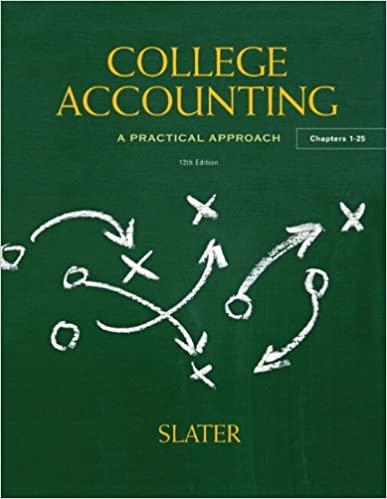

James Roth, CEO of the new start-up Arbuckle, Inc., which manufactures highly popular shoes, seeks to raise $5 million investment in his early stage venture. James conservatively projects earnings at exit of $5 million, five years from now, and knows that comparable companies at the time of exit trade at a price- earnings ratio of 20x. 5. On further analysis, the VC and Madhav agree that the company will probably need another round of financing in addition to the current $5 million. The VC thinks the company will need an additional $3 million in equity three years from today. While the first round investors still require a 50%/year return, she thinks the second round investors will only require 30%/year. Based on this new information, what share of the company will Round 2 investors seek? 6. What is the post-money and pre-money valuation of Round 2 investment? 7. Based on the information in Question 5, what share of the company would Round 1 investors seek today (i.e., in the first round)? 8. How many shares should be issued to investors in round 1 and then subsequently to investor in round 2? 9. What is the price per share in both rounds? James Roth, CEO of the new start-up Arbuckle, Inc., which manufactures highly popular shoes, seeks to raise $5 million investment in his early stage venture. James conservatively projects earnings at exit of $5 million, five years from now, and knows that comparable companies at the time of exit trade at a price- earnings ratio of 20x. 5. On further analysis, the VC and Madhav agree that the company will probably need another round of financing in addition to the current $5 million. The VC thinks the company will need an additional $3 million in equity three years from today. While the first round investors still require a 50%/year return, she thinks the second round investors will only require 30%/year. Based on this new information, what share of the company will Round 2 investors seek? 6. What is the post-money and pre-money valuation of Round 2 investment? 7. Based on the information in Question 5, what share of the company would Round 1 investors seek today (i.e., in the first round)? 8. How many shares should be issued to investors in round 1 and then subsequently to investor in round 2? 9. What is the price per share in both rounds








